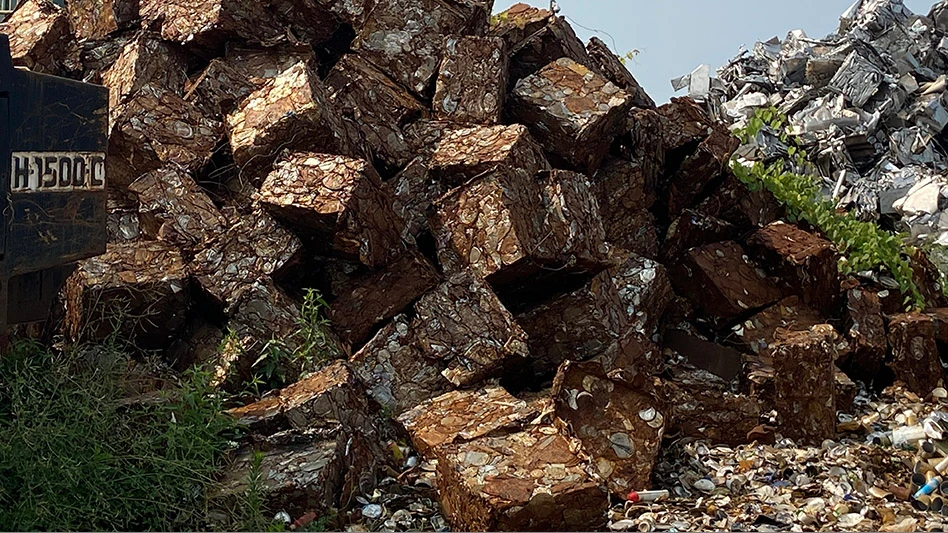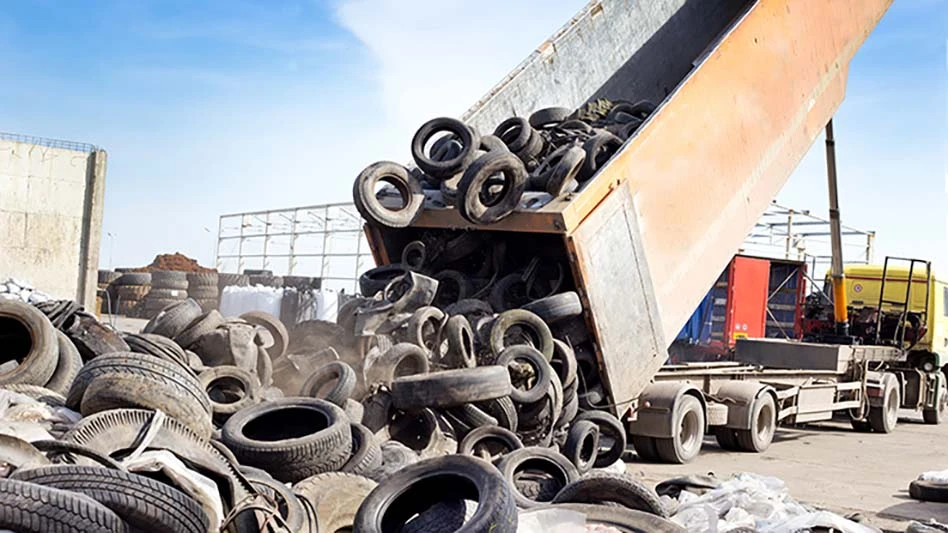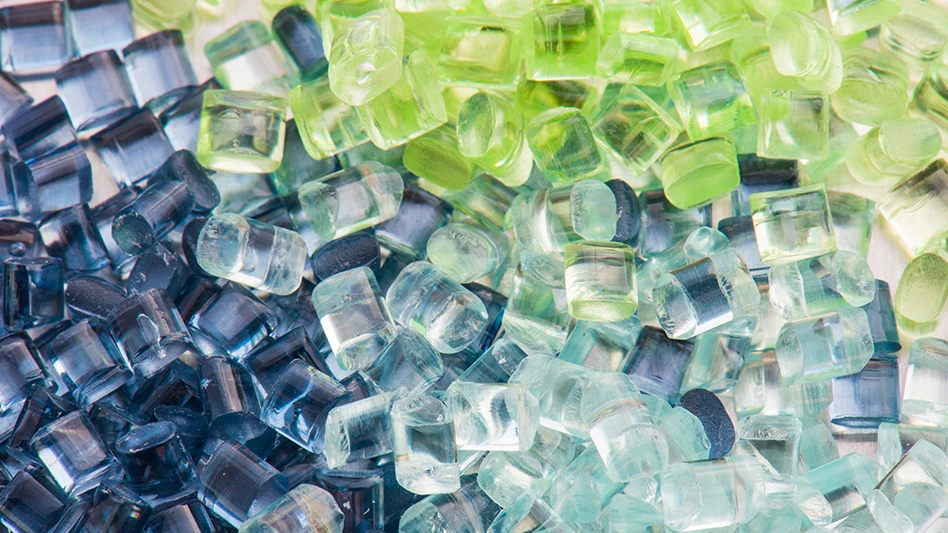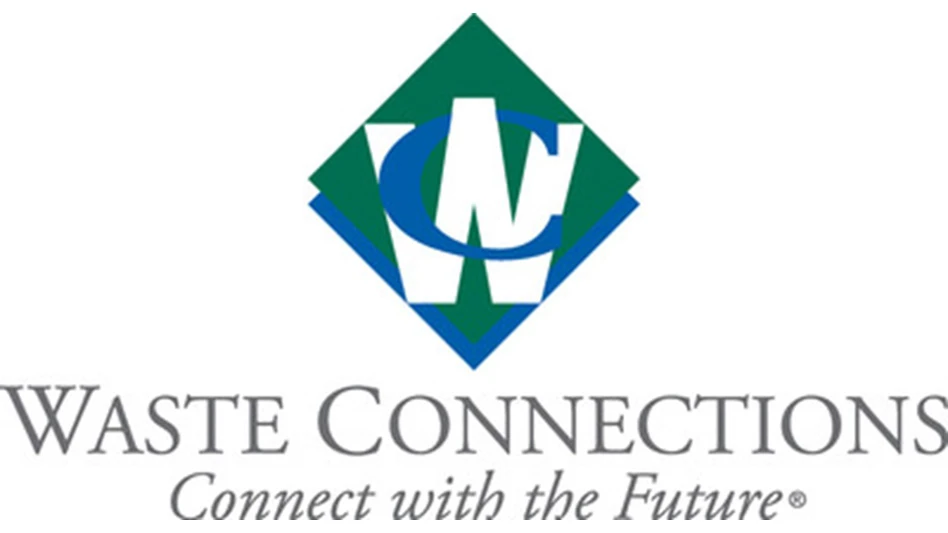There was a time when the admonition to take measures to ward off the Asian flu referred to medical advice on how to avoid catching the latest strain of influenza. But this is 1998. Mention the Asian flu and you’re more likely to get an opinion from Wall Street than the National Institute of Health.
With each Asian stock market collapse, bank failure or charge of corruption in high places comes a tsunami that hits the West Coast of this country and spreads rapidly to the heartland and all points south and east. Pundits are starting to feel ill about their recent economic predictions and are making revisions. Whereas the aluminum scrap industry was cautiously optimistic at the beginning of 1997, insiders Recycling Today recently spoke to were more circumspect in their assessments for 1998.
Although the aluminum markets have not been immune from the wave of bad news from Asia, the outlook for aluminum is a little shinier than that of other nonferrous metals. Stanton Moss, president of Stanton A. Moss, Inc., Bryn Mawr, Pa., believes the aluminum markets will probably hold steady for the rest of the year. “I see no big peaks or valleys,” says Moss.
The current price on the London Metal Exchange (LME) for aluminum is approximately 68 cents per pound. Moss doesn’t see that price going up to 80 cents, but he also doesn’t see it dropping to 60 cents either. Neither does he anticipate the drop in aluminum prices being anywhere near as severe as those recently occurring in the copper markets.
Michael Kirk, manager of Golden Metals Trading, Littleton, Colo., believes that the price for aluminum will be close to mid-1997 levels by the end of this year’s first quarter.
To understand how the aluminum markets will fare in 1998 it’s necessary to look at the forces that are impinging on them. Let’s review them in turn.
ASIAN FALLOUT
As mentioned above, what’s happening in Asia is making many people nervous. The Asian situation creates a “triple ripple” for those in the primary and scrap markets. First, as Asian economies falter, there is less of a demand for high-ticket U.S.-made goods such as passenger aircraft. As a result, orders either aren’t being placed or are canceled outright.
Second, Asian countries are shipping more goods made of aluminum to the U.S. hoping to capture strong dollars. “You’d have problems if your country’s economy had been devalued by 50%,” says Peter Rohrs, vice president, Calbag Metals Co., Portland, Ore. “Aluminum is coming back into this country from China and southeast Asia.” Rohrs notes that Asian countries now are following the path from weak economies to strong ones.
Third, because Asian demand for aluminum scrap is low, the supplies in the U.S. are increasing. Scrap that would have been shipped overseas is staying home. This scrap will need to search for a domestic market.
“People on the West Coast are staying domestic,” says David Fink, treasurer of Allied Metal Co., Chicago. “This is creating a greater supply of aluminum in the Midwest.”
Marc Schupan, CEO, Schupan and Sons, Inc., Kalamazoo, Mich., believes that West Coast scrap processors will also look to Mexico for new markets.
U.S. ECONOMY STRONG
The other, and many say more critical, force acting on the aluminum markets is the U.S. economy in general. The consensus is that the relative good health of the U.S. auto industry means the demand for primary and scrap aluminum will remain strong.
Golden Metals’ Kirk is quite emphatic on this point. “The automobile industry is still driving the demand for aluminum,” he says.
Everaldo N. Santos, executive vice president, South America Alcan Aluminum, Ltd., points out that the average aluminum content per passenger car jumped to 252 pounds in 1996, up from 191 pounds in 1991. And the trend lines are moving in a positive direction. Santos is bullish on aluminum’s increasing role in automobiles. He notes that Alcan is a participant in General Motors’ EV1 electric car program.
“We were selected because of our proprietary aluminum body structure technology,” says Santos. “The EV1 is the first North American production vehicle to feature an all-aluminum structure.”
Santos also points out Alcan’s role in the development of Ford’s P2000 concept car. Ford is developing the vehicle in response to the U.S. government initiative called Partnership for a New Generation of Vehicles. The goal is to develop a car that will provide the roominess, comfort and safety features of a current mid-sized car, but weigh approximately 2,000 pounds.
“This is an excellent opportunity to maximize the penetration of aluminum,” says Santos.
Stanton Moss also points out that although plastics have made inroads in the composition of automobiles, having certain parts made of metals is still preferred.
“Plastic doesn’t have the structural integrity of aluminum,” says Moss.
Calbag’s Rohrs agrees and notes that there are just some things that plastic can’t be used for in automobile making.
“You don’t have plastic engine blocks,” Rohrs says.
CAN IT
The place where aluminum may be in for a fight is in the beverage packaging arena. Kirk notes that plastic bottles are taking away from aluminum 6-pack sales. But he adds that aluminum, by virtue of being light-weight, easy to recycle and having the ability to keep liquids cool, is “a wonderful package.”
Rohrs notes that there are a lot more cans coming back from consumers. He sees a swing back to aluminum from plastics in the beverage packaging sector.
“The aluminum can recycling system is extremely efficient,” says Rohrs. “Today, about 60 to 65% of aluminum cans are recycled. Cans can be recycled in as little as 60 days.”
Aluminum can recyclers, however, are not content to sit still in the face of the challenge from plastics.
Alcan, according to Santos, has accepted the challenge of an Aluminum Association proposal to adopt a 75% recovery target for used beverage cans (UBCs). The goal is to achieve the 75% recovery rate by the year 2000.
Santos believes that aluminum is the engine of the recycling effort not only in North American cities, but everywhere. Despite the competition from other materials, Santos is confident that, due to the intrinsic properties of aluminum, the end uses will continue to expand. And, value is constantly being added through ongoing process refinement and product development
BUILDING SUCCESS
One of the key economic indicators of a healthy economy in general, and aluminum markets in particular, is construction activity. There was near unanimity that trend lines in the construction sector are positive. Golden Metals’ Kirk believes that with housing starts up, the demand for aluminum in construction will at least maintain 1997 levels.
Parks Dodd, director of strategic planning, Alumax Inc., Atlanta, says, “a lot of aluminum will be needed for the renovation and repair market and nonresidential office building construction.” He also cites increased demand by homeowners for storm doors and aluminum siding.
New houses, of course, will need to be filled with new appliances. “Low interest rates and strong housing starts will create a demand for appliances,” says Moss. The more homes that are built, the greater the demand for refrigerators, dishwashers, washing machines and dryers. Moss notes that there is an increasing amount of aluminum used in the internal parts of appliances.
TONNAGE UP
So how healthy are the aluminum markets? Data released on January 9, 1998 from the Aluminum Association (please see Table 1) reveal that U.S. primary aluminum production for 1997 was 3,603,364 metric tons. This compares with a total of 3,577,222 metric tons for 1996.
Preliminary data from the U.S. Geological Survey for November 1997 (before the brunt of the “Asian flu” hit this country) reveal that aluminum scrap consumption totaled 783 million pounds (please see Table 2 ). This was an 11.2% increase over the November 1996 total of 704 million pounds. Metallic recovery from scrap was 664 million pounds, or 11.3% greater than the 596.1 million pounds recovered in November 1996. Year-to-date recovery of aluminum from scrap has increased 15.1% to 7,646 million pounds.
Table 3 shows the import and export picture. Imports for November 1997 were up 4.5% over November 1996. Exports for November 1997 were up 23% over November 1996.
WAIT AND SEE
Although the numbers might be encouraging, much of what happens in the marketplace is a matter of perception. If people lose confidence in the economy in general or in a certain segment in particular, then the markets will be affected. And if “all politics is local,” then so too may be all business, including that of the aluminum scrap processing industry.
“Peddler trade is slower,” says Calbag’s Rohrs. “The guy with a couple of hundred pounds of scrap is waiting for prices to go up. If he is waiting for copper to go up, he’s holding on to aluminum too. The flow to scrap yards is slowing as a result.”
The nature of the aluminum scrap business is also changing and this will no doubt affect supply.
“Business is much different than five years ago,” says Rohrs. “People are working much harder to add value to the material.”
Stanton Moss points to the efforts to develop processes using lower grades of scrap. Moss notes that “we’re close” to being able to economically get aluminum out of trash. He also notes that better incineration methods would save more aluminum from being lost. And, he says that eddy current systems are getting much better at separating aluminum from ferrous metals.
THE FINAL ANALYSIS
So, where does this all leave aluminum markets for the rest of 1998?
“I still think it’s going to be a great year,” says Golden Metals’ Kirk. And barring a complete meltdown in Asia, an all-out conflagration in the Middle East, or an “unfortunate” discovery of a tape of an Oval Office conversation, he may be right on target.
The author is former editor of Recycling Today.

Explore the March 1998 Issue
Check out more from this issue and find your next story to read.
Latest from Recycling Today
- Lautenbach Recycling names business development manager
- Sebright Products partners with German waste management equipment company
- WasteExpo transitions to biennial format for enhanced experiences
- Study highlights progress, challenges in meeting PCR goals for packaging
- Washington legislature passes EPR bill
- PureCycle makes progress on use of PureFive resin in film trials
- New copper alloy achieves unprecedented high-temperature performance
- Gränges boosts profits and sales volume in Q1 2025





